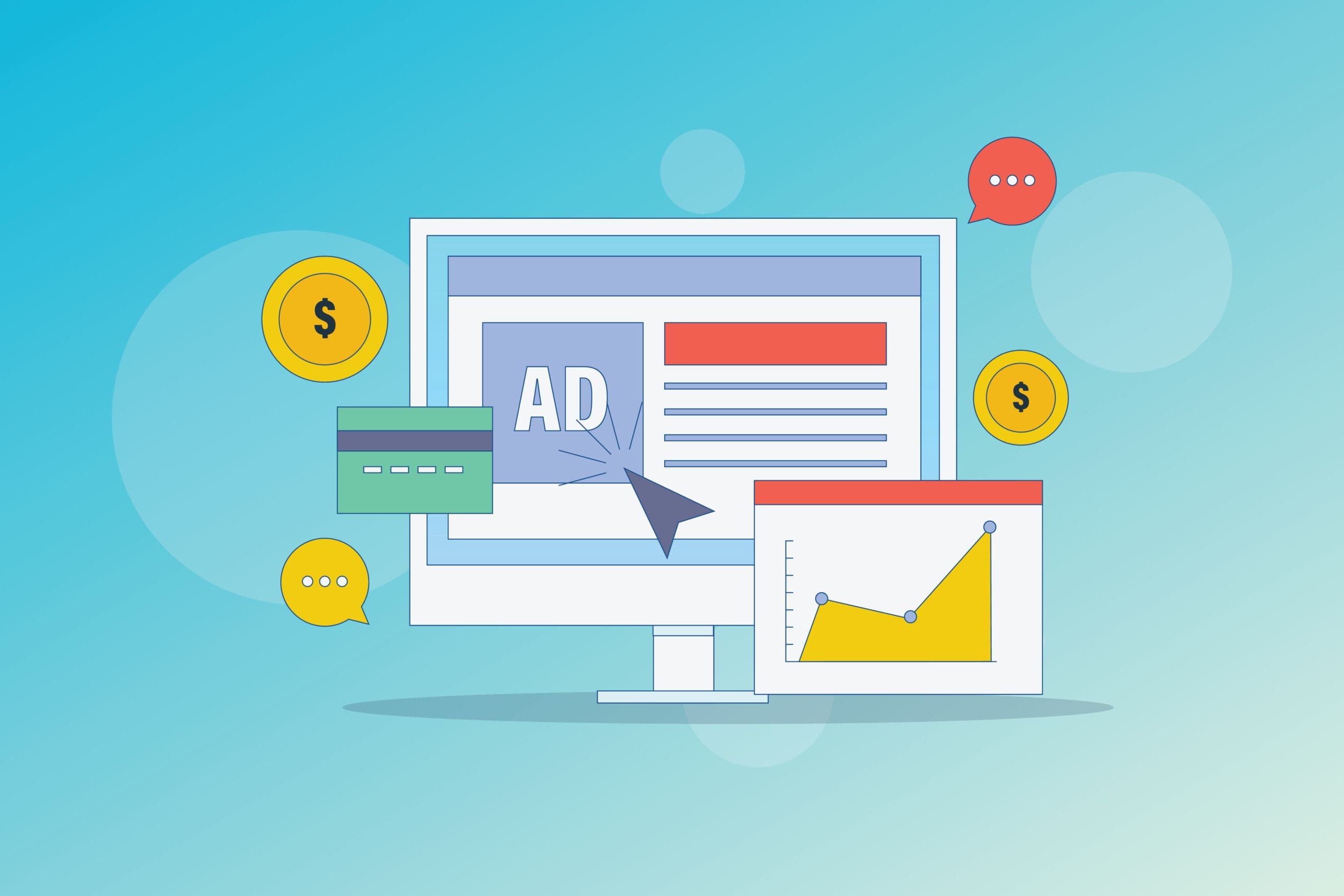Investing in Growth: A Tactical Guide to Paid Advertising for Targeted Traffic and Increased Sales
Investing in Growth: A Tactical Guide to Paid Advertising for Targeted Traffic and Increased Sales

Table of Contents
- Understanding Paid Advertising
- Platforms and Channels
- Creating Effective Ads
- Targeting and Segmentation
- Budgeting and Bidding
- Monitoring and Optimization
- Case Studies
- Conclusion
Understanding Paid Advertising
Overview
Paid advertising involves promoting content through sponsored social media posts, display ads, paid search results, and more. It allows businesses to target specific demographics, ensuring that the right people see the ads at the right time.
Benefits
- Immediate Visibility: Unlike organic methods, paid ads provide instant visibility.
- Targeted Reach: Reach specific audiences based on demographics, interests, and behavior.
- Measurable Results: Track performance and ROI with detailed analytics.
Platforms and Channels
Overview
Choosing the right platforms and channels is crucial for the success of a paid advertising campaign. From search engines to social media, each platform offers unique opportunities and challenges.
Popular Platforms
- Google Ads: Ideal for search and display advertising.
- Facebook Ads: Excellent for targeting specific demographics and interests.
- LinkedIn Ads: Best for B2B marketing and professional targeting.
- Instagram Ads: Great for visual and lifestyle-focused campaigns.
Creating Effective Ads
Overview
Creating compelling ads requires a blend of creativity, relevance, and clear messaging. The ad must resonate with the target audience and prompt them to take action.
Key Principles
- Clear Call to Action: Guide users with a clear and compelling CTA.
- Relevant Imagery: Use visuals that align with the message and audience.
- Value Proposition: Highlight what sets your product or service apart.
- Compliance: Ensure adherence to platform-specific ad guidelines.
Targeting and Segmentation
Overview
Targeting and segmentation involve defining and reaching specific segments of the audience based on factors like age, location, interests, and behavior. It’s about delivering the right message to the right people.
Strategies
- Demographic Targeting: Target based on age, gender, income, etc.
- Behavioral Targeting: Reach users based on online behavior and interests.
- Geotargeting: Target users in specific geographic locations.
Budgeting and Bidding
Overview
Budgeting and bidding strategies determine how much you’re willing to pay for user interactions with your ads. It’s about finding the right balance between cost and performance.
Strategies
- Set Clear Goals: Define what you want to achieve and allocate budget accordingly.
- Choose the Right Bidding Strategy: Select a bidding strategy that aligns with your goals (e.g., CPC, CPM).
- Monitor and Adjust: Regularly review performance and adjust bids as needed.
Monitoring and Optimization
Overview
Monitoring and optimization involve tracking the performance of your ads and making necessary adjustments to improve efficiency and effectiveness. It’s a continuous process of learning and refining.
Key Metrics
- Click-Through Rate (CTR): Measures the effectiveness of your ad in driving clicks.
- Conversion Rate: Tracks how many clicks lead to desired actions (e.g., sales).
- Return on Ad Spend (ROAS): Calculates the revenue generated per dollar spent on advertising.
Case Studies
Case Study 1: Boosting Sales with Google Ads
A small e-commerce company wanted to increase sales of a specific product line. By utilizing Google Ads and implementing a targeted keyword strategy, they were able to reach potential customers actively searching for related products. The campaign resulted in a 30% increase in sales for the targeted product line within two months.
Case Study 2: Building Brand Awareness with Facebook Ads
A new fitness brand aimed to build awareness and grow its online community. They chose Facebook Ads to target health-conscious individuals within a specific age group and location. By crafting engaging visuals and compelling CTAs, they successfully grew their Facebook following by 50% and increased website traffic by 25% in just three weeks.
Case Study 3: LinkedIn Ads for B2B Lead Generation
A B2B software company sought to generate leads for a new product. They used LinkedIn Ads to target professionals in specific industries and job roles. With well-crafted ad copy and a clear value proposition, they achieved a 20% conversion rate on their landing page, generating valuable leads for their sales team.
Conclusion
Investing in paid advertising is a strategic move that can drive significant growth and success for businesses of all sizes. By understanding the landscape, crafting effective ads, targeting the right audience, and continuously monitoring and optimizing, businesses can achieve remarkable results. The world of paid advertising offers endless opportunities for those willing to invest, innovate, and adapt in the ever-changing digital marketplace.
